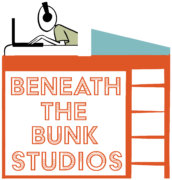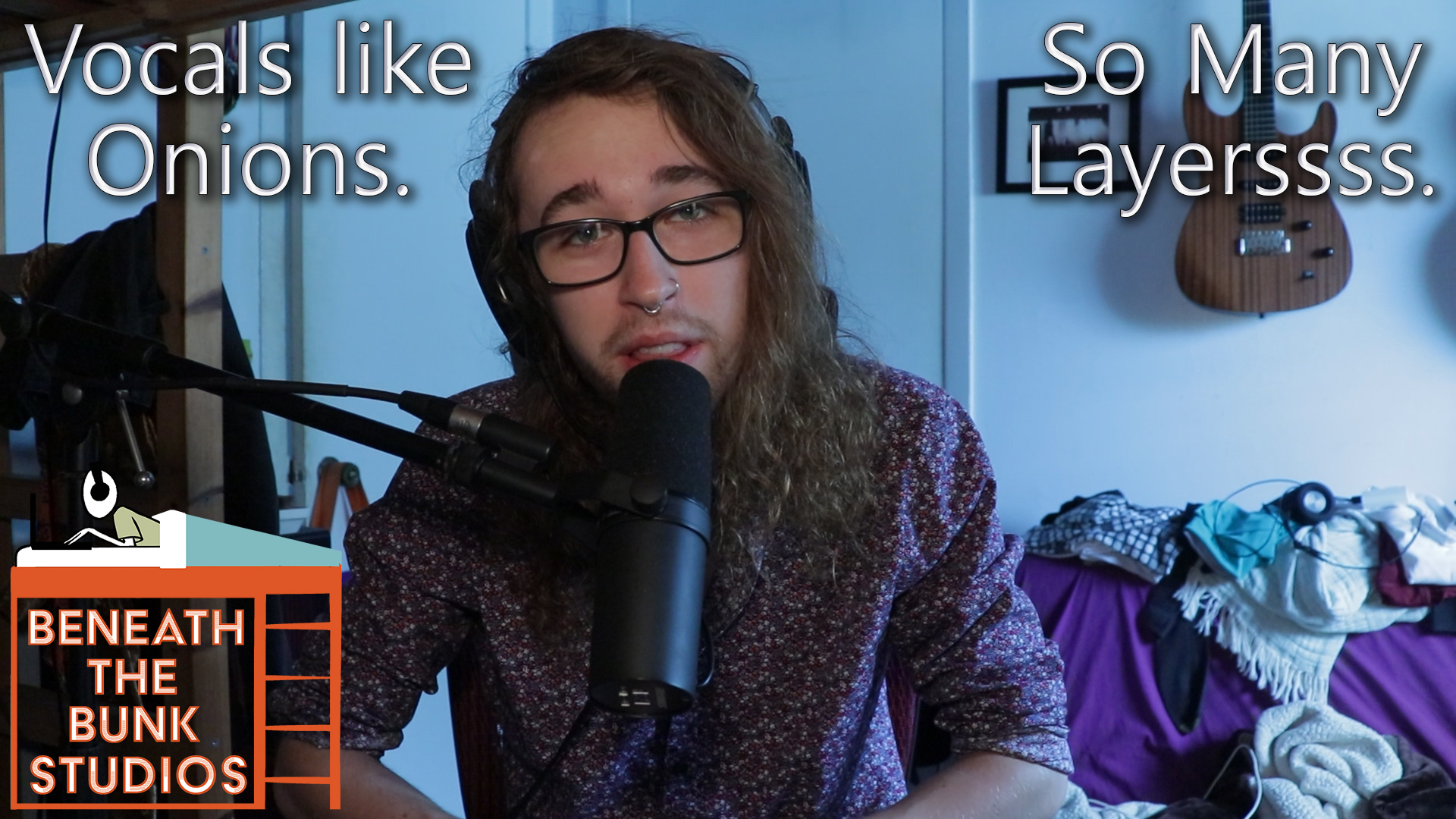I love layering the hell out of my vocals.
When done right, vocal layering can add depth, width, and polish to a production and really bring it to the next level. As a result, we’ll be talking about my favorite way to layer vocals!
Be sure to watch the video at the bottom of this page to get the most out of this post. Of course, I can only describe so much and you’ll have to hear everything for yourself!
Layer 1: Main Vocal
This one’s pretty self-explanatory, as it’s the main vocal panned right down the center that sits at the forefront of the vocal mix. There isn’t much else to say about it!
Layer 2: Center Vocal Dub
The center dub is interesting because, although I call it a center dub, it doesn’t actually sound like it’s just panned right down the center.
Performance wise, this layer is singing in unison with the main vocal and it is a unique performance, rather than a duplicated one. In other words, when the center dub is being played, it’s singing the exact same thing as the main vocal. I tend to add this layer throughout the entire song, but sometimes I exclude it from particularly intimate parts. For example, a really intense, but intimate, spoken word part might sound weird with a dub layered underneath it the whole time.
Processing wise, I’m using the same exact signal chain as whatever I have going for the main vocal, followed by an instance of Doubler 2 by Waves. As far as the parameters on the Doubler plugin go, the only change I make is to whether or not the “direct” signal is enabled. By turning off the direct signal, you turn off the sound of the vocal panned right down the center. Once you do that, you’re left with the artificially generated doubles on the left and right sides of the stereo field.
This layer is super important to me because it adds a little bit of width. Rather than just slapping a stereo widener on my vocal bus, for example, I like to add width in stages throughout my vocal mix. This is an example of one of those stages.
Layer 3: Left & Right Vocal Dubs
The left and right dubs are similar to the center dub in that they are 2 additional performances of whatever the main vocal is singing. In other words, they are simply singing in unison with the main vocal, and one of the performances is panned right while the other is panned left. This means that, at some points in my productions, I have 4 unique vocal tracks that are all singing the same exact thing.
Unlike the center dub, I usually do not use left and right dubs throughout an entire song. Instead, I’ll use them only on parts that I feel deserve more emphasis, like a chorus, for example. They help the biggest sections shine through just a little bit more, and they really help the choruses and other big parts of a song pop.
Layer 4: Center Vocal Harmonies
I don’t use centered vocal harmonies that often in my productions, but they still deserve some attention.
Usually, any harmony that I’m simply leaving on its own and putting in the center is going to be a low octave harmony that only plays in verses and smaller sounding sections of a song. For example, I might use a harmony that’s singing a low octave for a couple lines in the second verse of a song just to add a little bit more body and depth to the main vocal.
Layer 5: Left and Right Vocal Harmonies
These are similar to the left and right vocal dubs in that they are 2 additional performances, one of which is panned 100% left and the other 100% right. On the other hand, they are different from the left and right dubs in that they are not singing in unison with the main vocal. Instead, they are singing some sort of harmony (duh), like a perfect fifth, a major third, a high octave, etc.
Like the left and right vocal dubs, these tracks are usually exclusive to the choruses and big moments of a song. In other words, I don’t like to layer the hell out of my harmonies in intros, verses, etc. because I want to give the vocal mix some space to develop throughout the song.
I hope you got something out of this! If you did, be sure to sign up for the Beneath the Bunk Studios Newsletter for updates on new blog posts and videos by clicking here. Also feel free to click/tap any of the circle icons below to follow me elsewhere.
Let me help inspire you to create stuff 🙂


